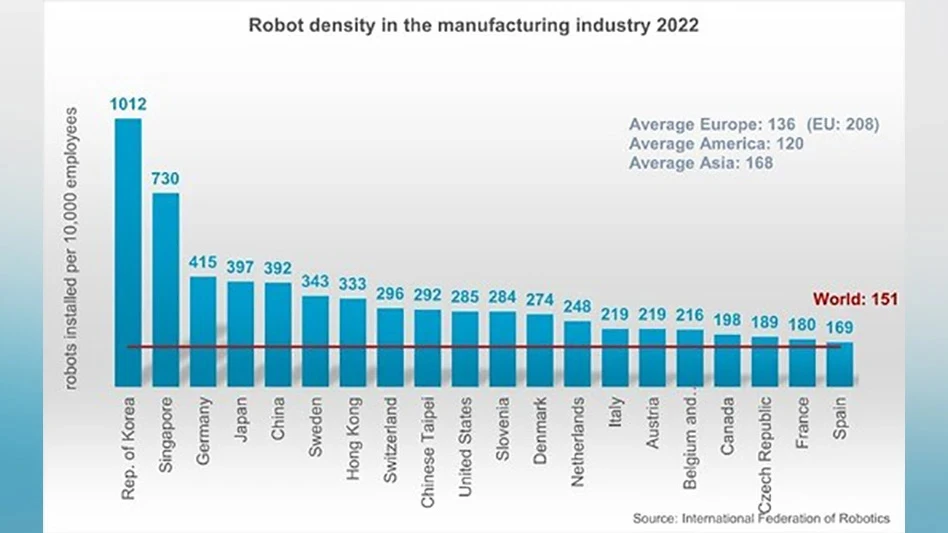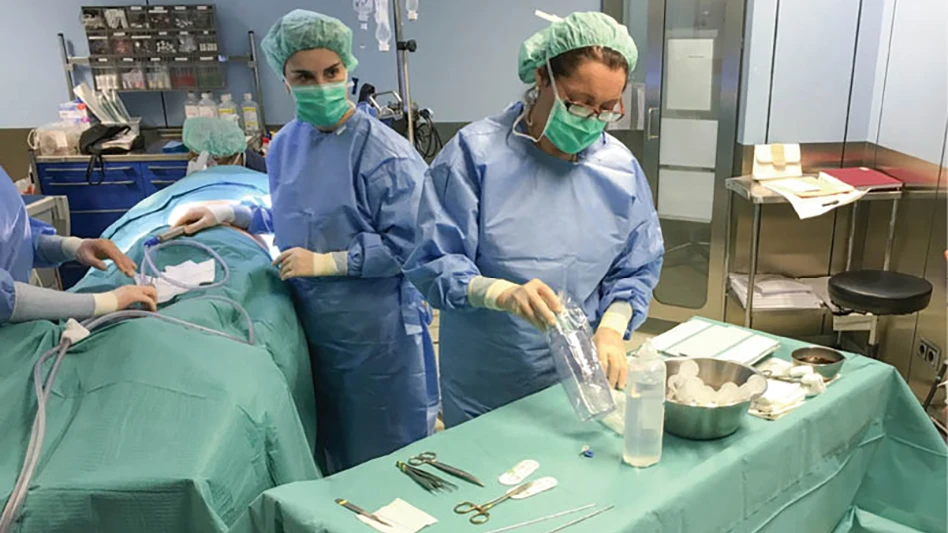
Edited by Elizabeth Engler Modic
A low-cost, portable surgical system the size of a small suitcase could transform patient treatment in emerging markets. The Ekano concept, created by Cambridge Consultants, is for laparoscopic surgeons in mid-tier and rural hospitals in developing countries.
Current laparoscopy equipment is designed for developed markets, is expensive, and is optimized for complex procedures in advanced operating theaters.
Surgery in emerging markets is strikingly different. In India, for example, mid-tier and rural hospitals are overcrowded, understaffed, and struggle with limited infrastructure. On a daily basis, surgeons use equipment that ranges from new to 30 years old. Hospitals and surgeons seek products that are easy to use and maintain – to treat more patients efficiently with high quality, affordable care.
The Ekano concept was driven by insights gained from research in Indian hospitals. A team of the company’s product development and human-factors engineers visited mid-tier and rural hospitals to observe surgical procedures and interview surgeons, nurses, and hospital executives to identify unmet needs and innovation opportunities.
“We collaborated with surgeons and hospitals in India to drive product feature decisions, with the aim of preserving clinical functionality, improving usability, and reducing the cost of ownership,” says Rahul Sathe, head of surgical innovation for emerging markets at Cambridge Consultants. “With the cost expected to be around a quarter of existing systems, Ekano can be owned by a surgeon rather than bought by a hospital – complementing the existing business model in India of surgeon consultants owning their own practices and rotating around hospitals on a daily basis.”

The Ekano console is self-contained, portable, and can mount on an IV pole. Incorporating only product features necessary for clinical functionality reduces size and cost. For example, surgical planning, outcomes tracking, and electronic medical record (EMR) systems are rare in mid-tier hospitals in emerging markets. So, rather than using a complex electronic data management system, Ekano creates a WiFi hotspot to provide a local EMR for the surgical team. Surgeons can then upload preoperative images via their phone to enable surgical planning with their team and share data via apps to collaborate with colleagues on challenging cases.
Ekano also takes a different approach to visualizing anatomy. Rather than using three-chip camera sensors, the camera system consists of a single-chip sensor that uses optical filtering and image processing for an optically comparable images at lower cost. Ekano also replaces large traditional xenon light sources with a compact LED array.
“We envision the Ekano system using surgical tools with interchangeable tool tips to maximize functionality – in line with the focus in emerging markets on both economic and environmental considerations,” Sathe says. “Many surgeons and hospitals in emerging markets prefer not to use disposable surgical products – instead, giving purchasing priority to reusable systems and components. Needs-driven innovation is key to unlocking business opportunities and advancing surgical care in emerging markets. The Ekano concept demonstrates how the combination of portability, durability, usability, and low cost of ownership can disrupt how surgical care is delivered to underserved patient populations.”
Cambridge Consultants

Explore the January February 2016 Issue
Check out more from this issue and find your next story to read.
Latest from Today's Medical Developments
- Best of 2024: #4 Article – Sticking to the basics
- Best of 2024: #4 News – Point of care manufacturing
- Best of 2024: #5 Article – Accelerating medical device development with freeform injection molding
- Best of 2024: #5 News – Complexity, the enduring enemy of medical cybersecurity
- Best of 2024: #6 Article – Closing the global product information gap
- Best of 2024: #6 News – NUBURU enters medical device market with order Blueacre Technology
- Season's greetings
- Best of 2024: #7 Article – Synchronized machining processes for medtech





